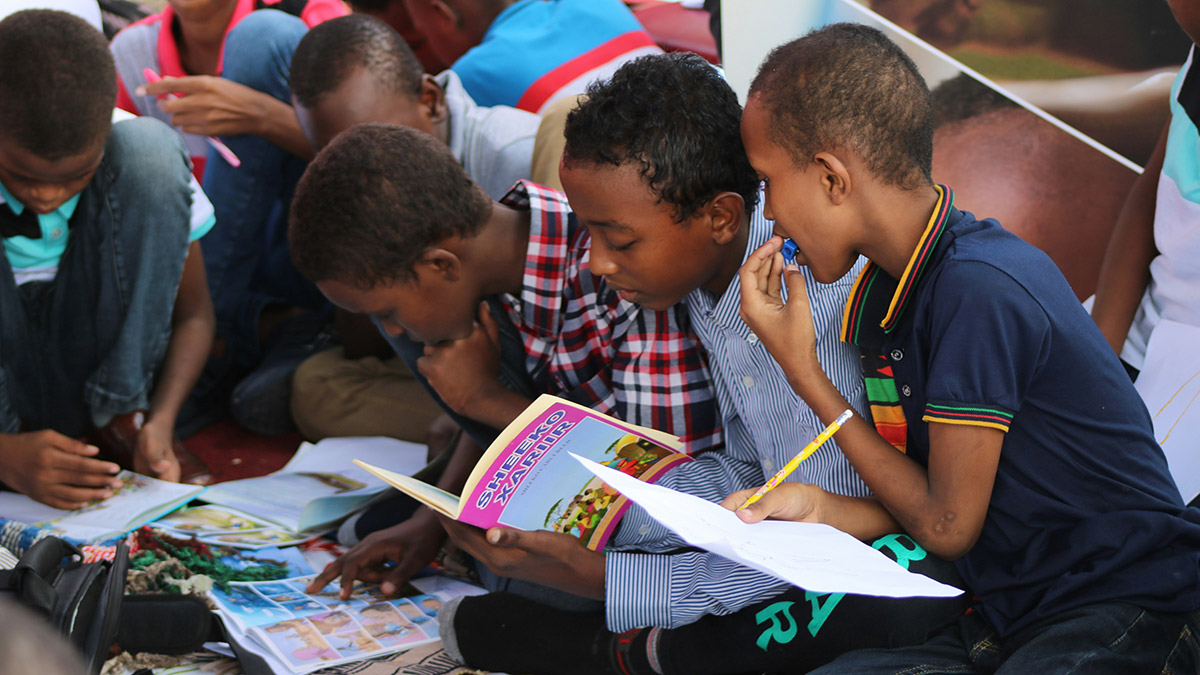International Literacy Day: Celebrating Wins and Tackling Challenges

In this article, learn about International Literacy Day and discover global literacy programmes that are helping people worldwide to improve their reading and writing skills.
What is International Literacy Day?
International Literacy Day is celebrated every year on September 8th. The United Nations started the event to remind everyone how important it is to read and write. The purpose of this day is to highlight the importance of literacy skills, with a focus on raising awareness about the need to help more people learn to read and write.
Why Literacy Skills Are Important
Literacy skills help people in many ways. They make it easier to find and understand information, get better jobs, and continue learning. Being able to read and write also helps people think better, communicate clearly, and take part in their communities. This makes life better for everyone.
Rising Literacy Rates Around the World
Many countries are seeing more people learn to read and write. This progress is important for the growth and development of these countries.
What Does a High Literacy Rate Mean?
A high literacy rate means that most people in a country can read and write. This is important because it helps people get better jobs, understand important information, and be involved in their communities.
What Country Has the Highest Literacy Rate?
There are several countries with 100% literacy rates. These include Andorra, Finland, Greenland, Liechtenstein, Luxembourg, and Norway. While a 100% literacy rate suggests everyone in those countries can read and write, what it really means is that almost everyone can read and write, with only a very small number of people in those countries who struggle with literacy.
Challenges in Global Literacy
Even though many countries are making progress, some still face big challenges in helping people learn to read and write.
What Country Has the Lowest Literacy Rate?
The country with the lowest literacy rate is Chad, with only 27% of people aged 15 and above able to read and write. Other countries with low literacy rates include Mali (31%), Burkina Faso (34%), and South Sudan (35%). These countries face challenges in education due to things like poverty, conflict, and lack of schools.
Literacy Programmes from Around the World
New programmes are helping more people learn to read and write all around the globe. More is being done to address literacy challenges and promote reading skills, ensuring that everyone, regardless of their background, can develop essential literacy abilities. Here are some examples.
Literacy Programmes in Asia
India
In India, the New India Literacy Programme is improving adult literacy. This programme teaches basic reading, writing, and important life skills to people aged 15 and above using digital tools.
Philippines
In the Philippines, the Kariton Klasrum (“Pushcart Classroom”) programme, started by Efren Peñaflorida, brings education directly to children living in slums. Volunteers use pushcarts filled with books, chalkboards, and other learning materials to teach children basic literacy skills. This programme makes education accessible to children who cannot attend regular schools.
Literacy Programmes in Africa
Uganda and Kenya
In countries including Uganda and Kenya, early literacy skills are being addressed through programmes like the World Literacy Foundation’s Sun Books project. This programme provides tablets with eBooks and activities to young children. They help children learn to read and write by making learning fun and engaging.
South Africa
The Nal’ibali initiative is a national campaign to make reading fun for children. It uses stories and reading to help children learn. The programme gives books and other reading materials to communities and helps them create a love of reading. Fun fact: “Nal’ibali” means “here’s the story” in isiXhosa, a South African language.
Literacy Programmes in Europe
Finland
Finland’s Lukuinto programme aims to make reading exciting for children and teenagers. It combines reading into all school subjects and encourages reading as a leisure activity. This helps students see reading as a fun and important part of their lives. Fun fact: “Lukuinto” means “joy of reading” in Finnish.
United Kingdom
The BookTrust programme in the UK is one of the largest children’s reading charities. It provides free books to children, particularly in disadvantaged areas, and supports families to read together. The programme also runs various reading campaigns and events to encourage a love of reading from a young age.
Literacy Programmes in South America
Chile
The Bibliomóvil (or “Mobile Library”) programme travels to rural and remote areas with books and reading activities. These mobile libraries help children and adults with limited access to educational resources improve their reading skills.
Brazil
The Comunidade Educativa (or “Educational Community”) programme focuses on improving literacy in low-income neighbourhoods. It provides books, supports community libraries, and promotes reading through various community activities. This helps create a stronger reading culture in these areas.
Literacy Programmes in Australia/Oceania
Australia
In Australia, the Indigenous Literacy Foundation works to improve literacy among Indigenous communities. It provides books, promotes early literacy, and runs community literacy projects. These programmes help close the literacy gap between Indigenous and non-Indigenous Australians.
Papua New Guinea
The Buk bilong Pikinini (or “Books for Children”) programme aims to set up libraries and provide books to children in disadvantaged areas. It offers a range of literacy programmes and reading activities to promote early childhood literacy and help children develop a love for reading.
Ready to Enhance Your Reading and Writing Skills Even Further?
Explore our range of English Online courses designed for learners of all levels. Whether you’re looking to improve your proficiency or simply enjoy a new learning experience, our courses offer something for everyone! Explore English Online >




